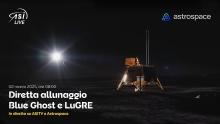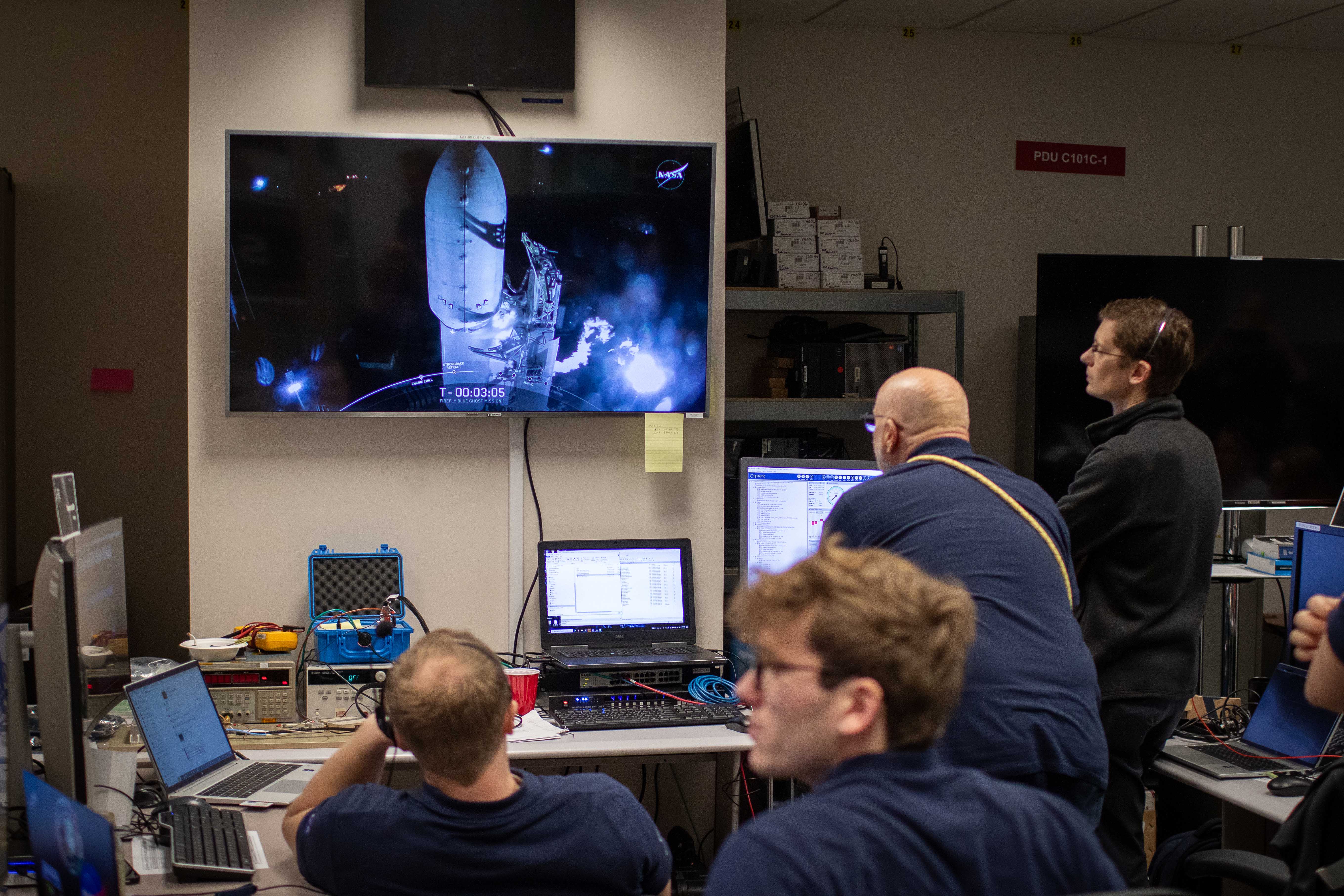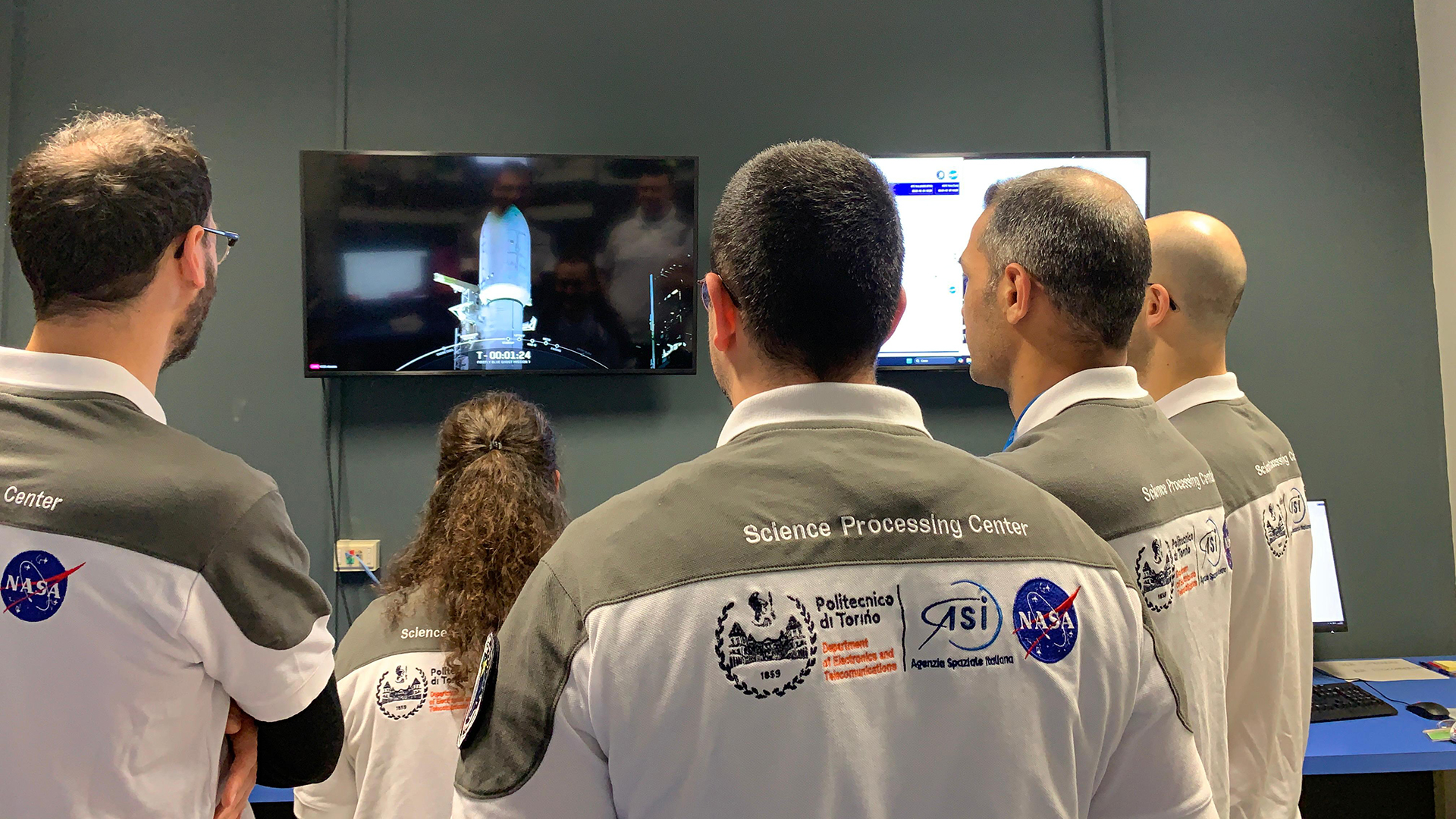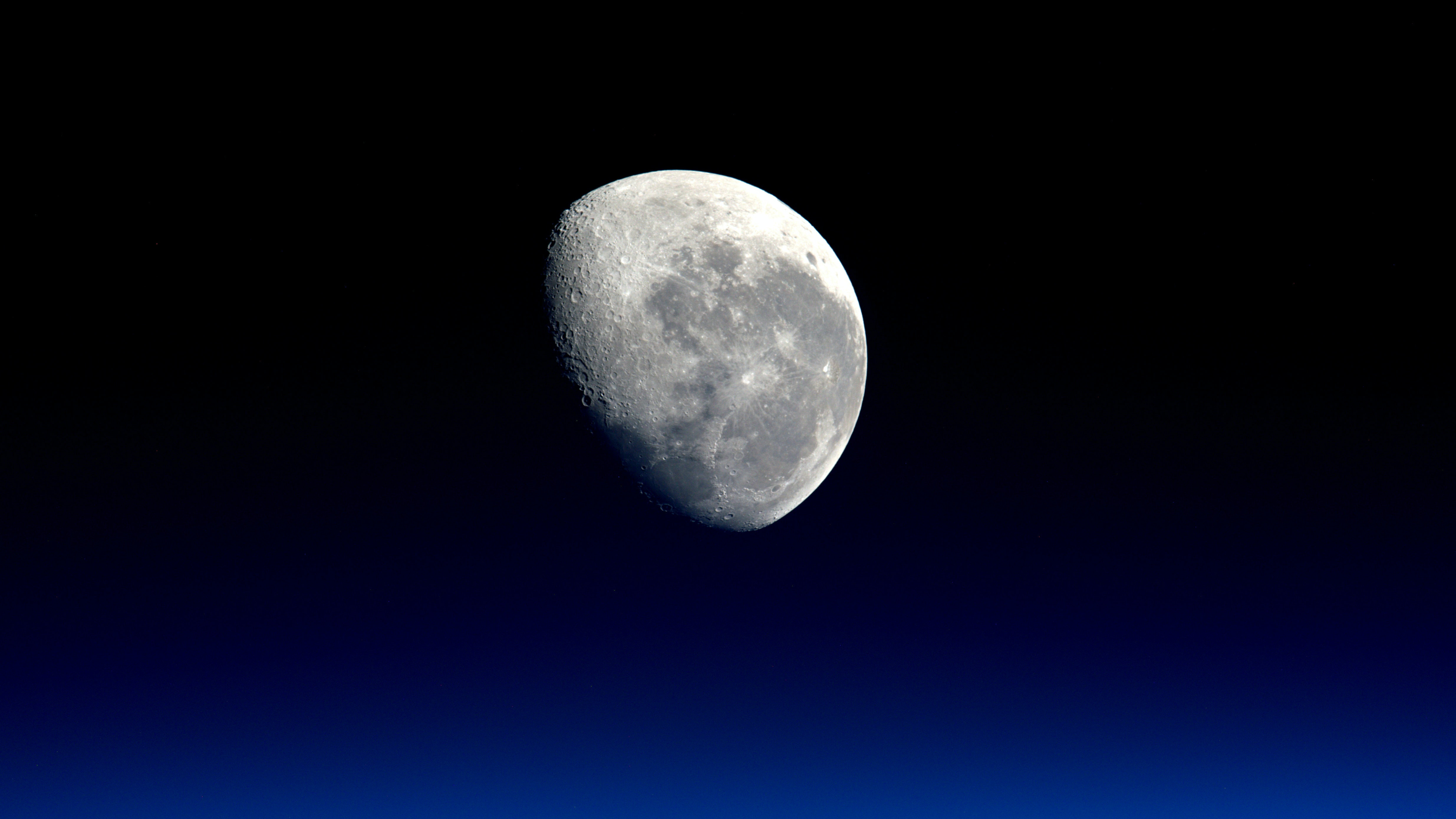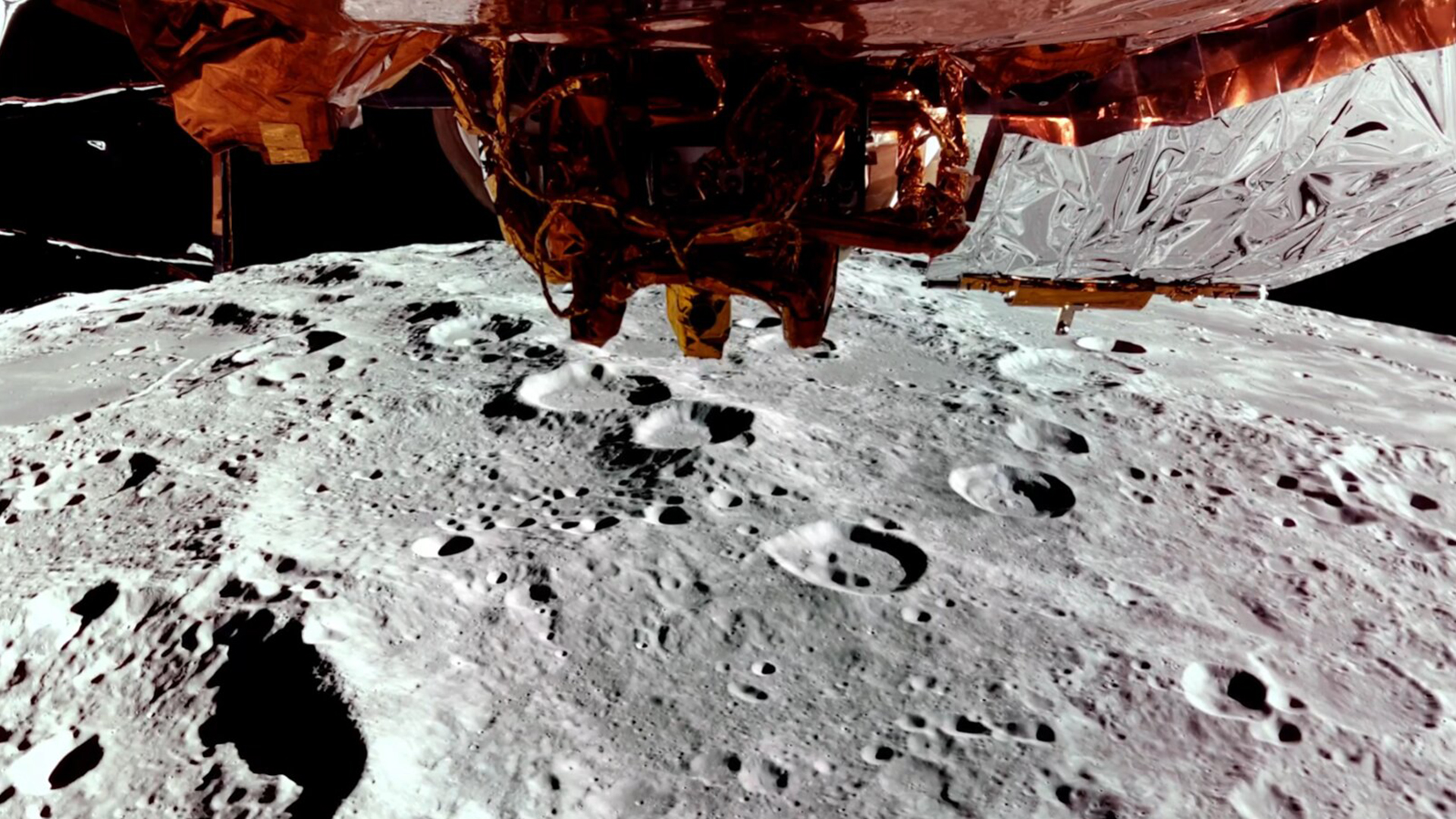
LuGRE arrives on the moon
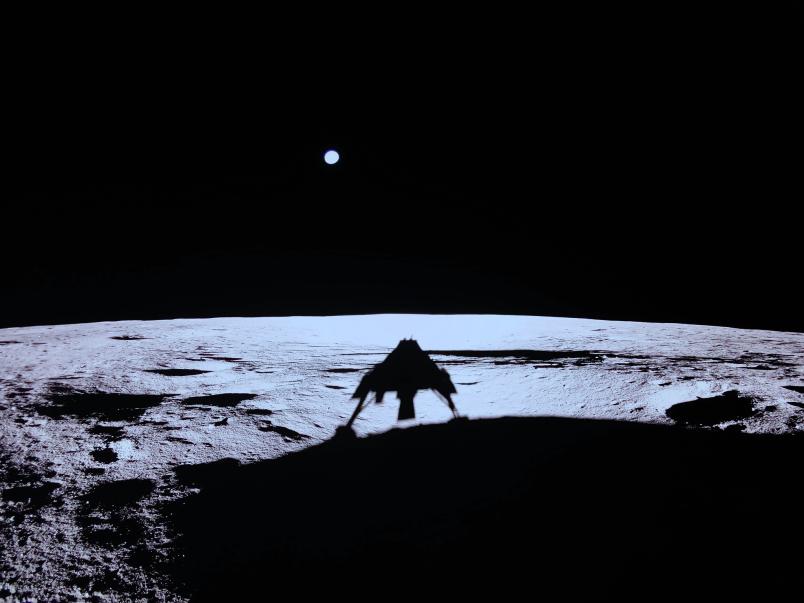
Almost 24 hours after the landing of Firefly Aerospace's Blue Ghost lander, on Monday March 3rd the Italian receiver LuGRE was powered on at 7:10 AM Italian time, beginning to scan the lunar sky above the Mare Crisium.
LuGRE (Lunar GNSS Receiver Experiment) is a joint mission of the Italian Space Agency and NASA, developed in Italy by the company Qascom with scientific support from PoliTO Department of Electronics and Telecommunications-DET, thanks to the efforts coordinated by Professor Fabio Dovis.
“PoliTO has landed on the moon,” comments Rector Stefano Corgnati with satisfaction, “Our participation in the development of LuGRE represents at the highest international level the centrality of Aerospace in the strategic trajectories of this rectoral mandate, in line with the high-tech research that has always been the DNA of Politecnico.”
Before LuGRE could be activated, the lander had to complete a series of checks to ensure that its onboard systems and science instruments were fully operational. Among these, one of the most important was the calibration of the gimbal, the mechanism that very precisely orientates the antennas towards the Earth. Only after ensuring proper alignment LuGRE could be activated to begin searching for GNSS signals.
The first GPS signal, G25 on the L1 and L5 frequencies, was received at 7:48 AM. It was a moment of great excitement for the control team, who got confirmation that the receiver had completed the landing phase without any damage and it was working perfectly. The pointing was correct and the systems were operating exactly as planned. But the real turning point came a few minutes later. While analyzing the first data received, it turned out that LuGRE had locked onto four satellites, two from the GPS system (G18, G25) and two from the Galileo system (E2, E34).
This allowed the team to successfully compute the first position (PVT - Position, Velocity, Time) on the lunar surface, using 4 satellites in the two frequencies equally distributed between the American GPS system and the European Galileo system, two from the former and two from the latter.
The list of records achieved to date by LuGRE is long: it is the first GNSS receiver to operate beyond low orbit, designed to operate in lunar orbit and on the surface of the Moon, and the first Italian active instrument on our satellite. It acquired GPS signals beyond 200,000 kilometers from Earth and Galileo signals beyond Earth orbit for the first time.
It was the first experiment to demonstrate the combined use of GPS and Galileo signals in lunar space: never before had these signals been successfully received and processed at such a high distance from Earth. In detail, the farthest signal was acquired at a distance of about 410,000 kilometers. After this complex milestone was perfectly achieved, FireFly gave the green light to NASA and ASI to reactivate the LuGRE payload.
Over the next 14 days, until lunar night arrives, LuGRE will continue to operate without interruption, collecting data critical to the future of space navigation. The only scheduled break will occur at lunar noon, when the lander will have to handle thermal regulation without payload power consumption.
LuGRE will transmit scientific data that will be analyzed and used to develop future lunar and cis-lunar navigation systems. The results of this mission will open new perspectives for space exploration, providing the basis for an increasingly autonomous and reliable positioning system, capable of supporting future human and robotic missions to the Moon and beyond.
